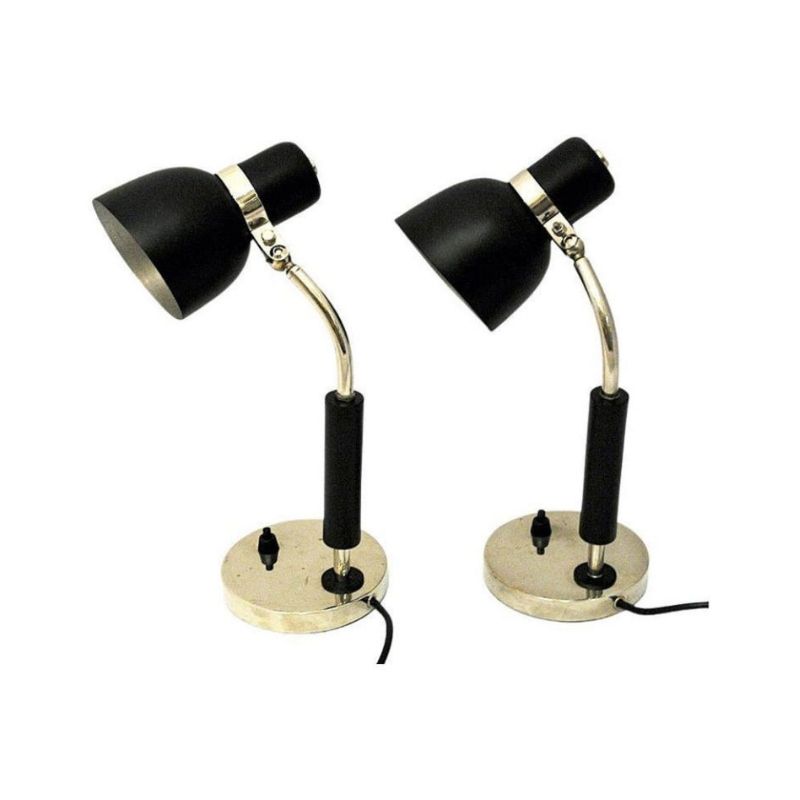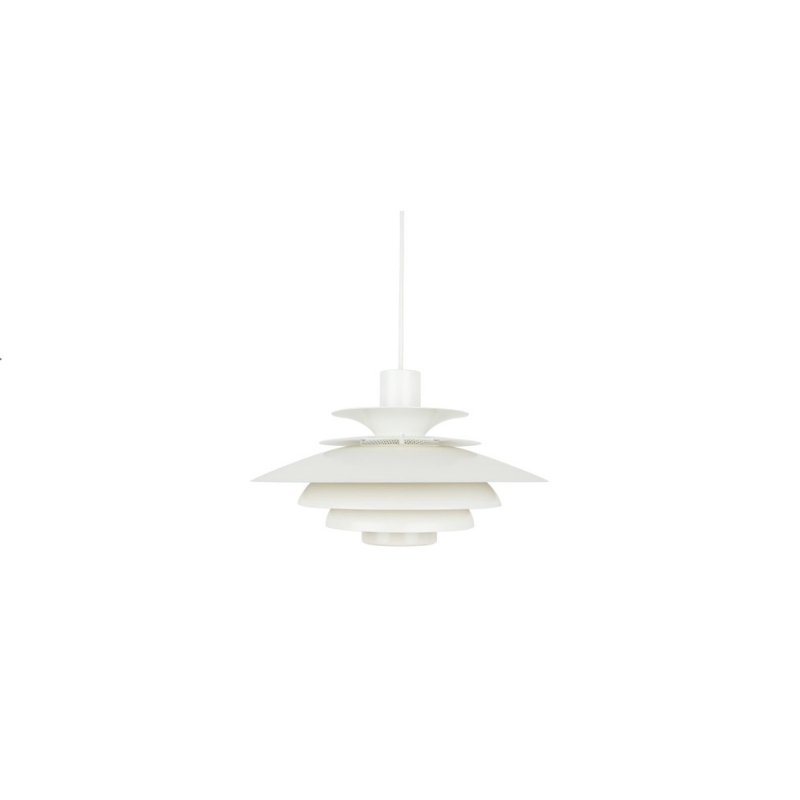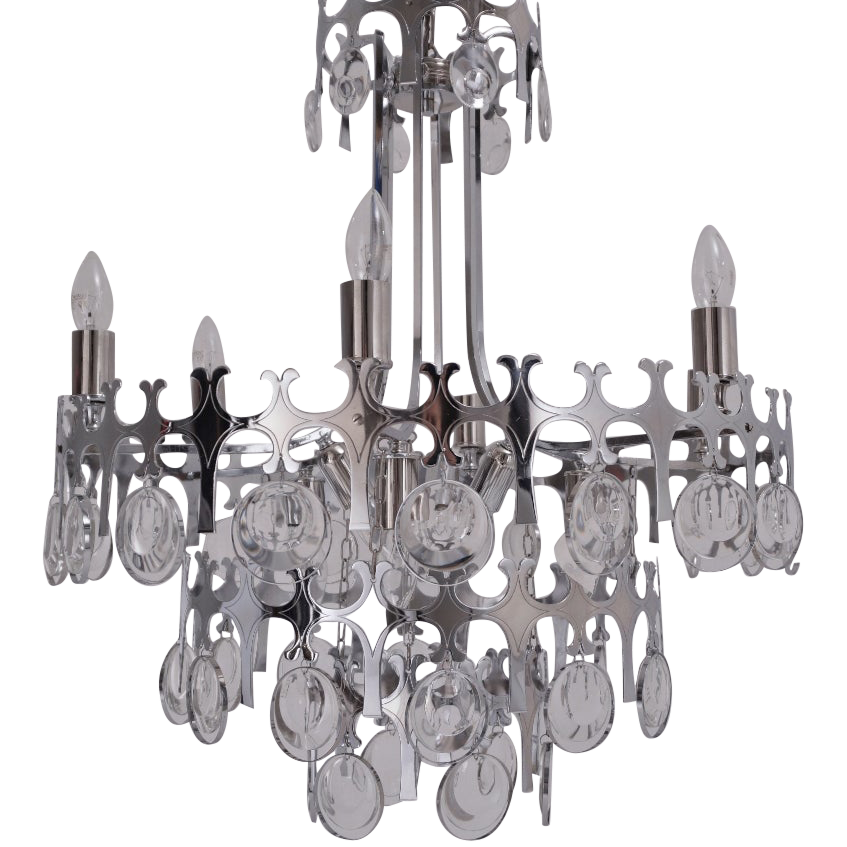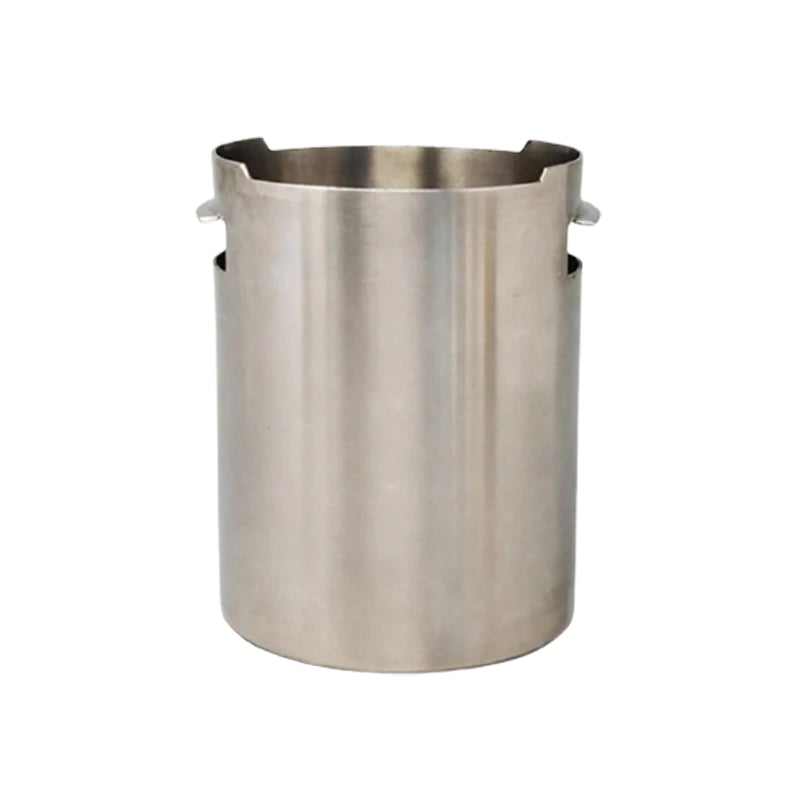I have an older Cado Royal Sy...
I have an older Cado Royal System wall unit- it had only paper labels that said made in Denmark on them.
I would familiarize yourself with the hardware of the piece- mounting brackets, drawer/cabinet pulls, wall mounting hardware.
Compare what you have found to what they are selling. Are they selling a unit with wire mounting hardware where the shelves are suspended from brass wire pieces or are there angled wood brackets with dowels that fit into the wall mounting "standards"?
Hope that helps??
Is there anything that you are seeing that is making you question whether its real or not?
Oh and originally I though th...
Oh and originally I though this was an Ebay buy-
if you are really wanting to compare you could even print out detailed shots of some of the defining characteristics of a Cadovius wall unit and bring it with to compare.
The paper label I found on my piece was glued to the back ledge of one of the cabinets- so not right on the back but on a ledge that was formed by the "top" surface of the cabinet and the material that made up the back of the cabinet "box".
sorry, that is a little confusing isn't it?
I have both versions
of Cado shelves: ie with wooden brackets and metal hangers.
On the back of every shelf and cabinet, at the top middle debossed into the wood is "made in Denmark". It can often be faint and easy to miss.
Added: I'm not certain if this is particular to Cado solely, but I have had and seen more than a few over the years and they have always been marked in the way I've described... without exception in my experience.
There are many ways...
There are many ways to distinguish the cadovius items from the other systems.
Most of the confusion is generally about the Royal System (the one with the metal hangers, with veneered planks), as, for instance, the Preben Sorensen (PS) system looks very much like it at a first glance. And even often you'll see professional dealers advertising and selling PS as Royal system
But still, there are ways to differentiate them. Mainly: the drawer unit's handles, the notches on the sliding doors, and also, the planks are cut out at the back so they fit the wall mounts.
As for the Cado system (with the wooden brackets), it's all made of solid wood, I?ve never seen any other similar systems. And the beautifully bevelled edges of the cabinets are a high proof of authenticity as much as any stamp would be.
If you google a little (and search the forum thoroughly), you'll see lots of picture to get used to the differences.
Hope that helps
cadodream,
The Cado system with the wooden shelf brackets is not all solid wood...the shelves and cabinets are veneer over pressboard/particleboard.
A disappointing discovery made in my early days of collecting. One day dropping a shelf and chipping the back to find the evidence...ahh but the sheer weight of the components should have been the giveaway all along...
Solange
Hush hush : all legends are not good to be broken.
But I admit that the sliding glass doors of the cabinet weighting more than the cabinet's structure itself should have been a giveaway for me too.
But still, the cado system incredibly looks like solid wood, whereas you easily guess the veneer on the royal system.
Do you think that, apart from the production cost reasons, using solid teak for the cabinet would have been too heavy, and that dowels would have been cut by the weight pressure, resulting the cabinet banging on the floor ?
I'm curious...
cadodream,
The Cado particleboard components are outrageously heavy... I would venture to say just as heavy if not more than if constructed solely from wood, at least the softer varieties (I will defer to DA's Renaissance woodsmen on this), so surely cost was the sole factor of concern, as the weight seems of little consequence.
It would have been nice had the shelves at least been veneer over wood, those particleboard ones are prone to bowing in the middle.
With that said, an elegant and lovely thing...no complaints
let us know what happens cheesedanish...
Weight of solid teak vs particle board
Teak is lighter than particle board, just as Solange says. And using particle board for a shelf would only be done to save money. It does not make a strong shelf. Solid teak would make a strong, reasonably light shelf, but it could twist, cup, bow or otherwise deform unless the grain is vertical (quarter-sawn) and straight, which would be an expensive problem to discover after the shipment has come off the boat.
The Danes frequently used teak veneer over "lumber core" (thin strips of pine laminated together so that any grain bending tendencies in one strip will be overcome by the glue and counteracted by the random tendencies of the other strips) for this sort of situation where strength and dimensional stability is required. Plywood could also be used if less strength was required.
For a cabinet door, particle board could be a very good choice, because minimal strength and maximal dimensional stability would be needed. (Ask SDR about plywood doors twisting)
If you need any help, please contact us at – info@designaddict.com









